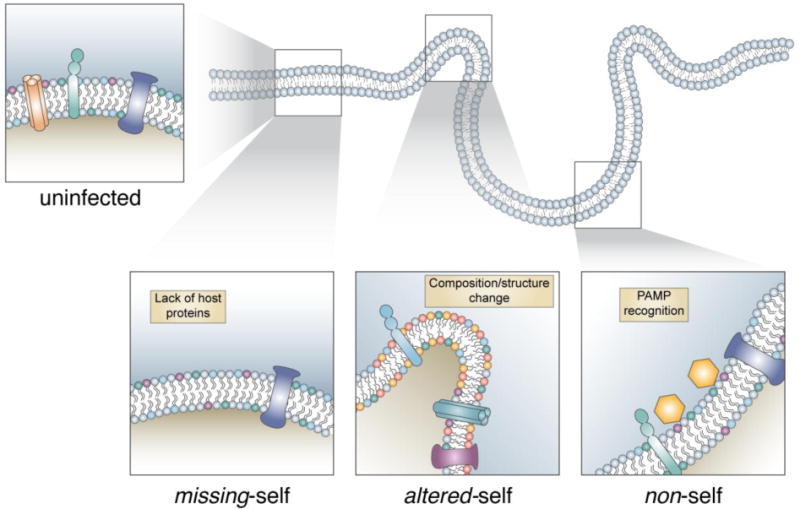Figure 3. Three models for the innate recognition of replication complexes.

Despite host origin, the replication complex can be recognized and targeted by the autophagy proteins. Models of recognition include recognition of missing-self, altered-self, or non-self. (Bottom left) The missing-self model proposes that the RC lacks host proteins normally found on the membrane. This array of host proteins would typically prevent the activation of this response, therefore the RC lacking these proteins would be susceptible to targeting. (Bottom center) The altered-self model proposes that the RC differs significantly from homeostatic conditions, either by composition changes in the lipid/protein makeup or by distinct structural changes such as curvature. (Bottom right) The non-self model proposes that a microbial PAMP at the membrane is responsible for the targeting of autophagy proteins. As it is unlikely one PAMP is shared between the various pathogens known to be targeted by this pathway, the non-self model suggests different pathogen specific PAMPs would all converge on the activation of targeting by autophagy proteins.
